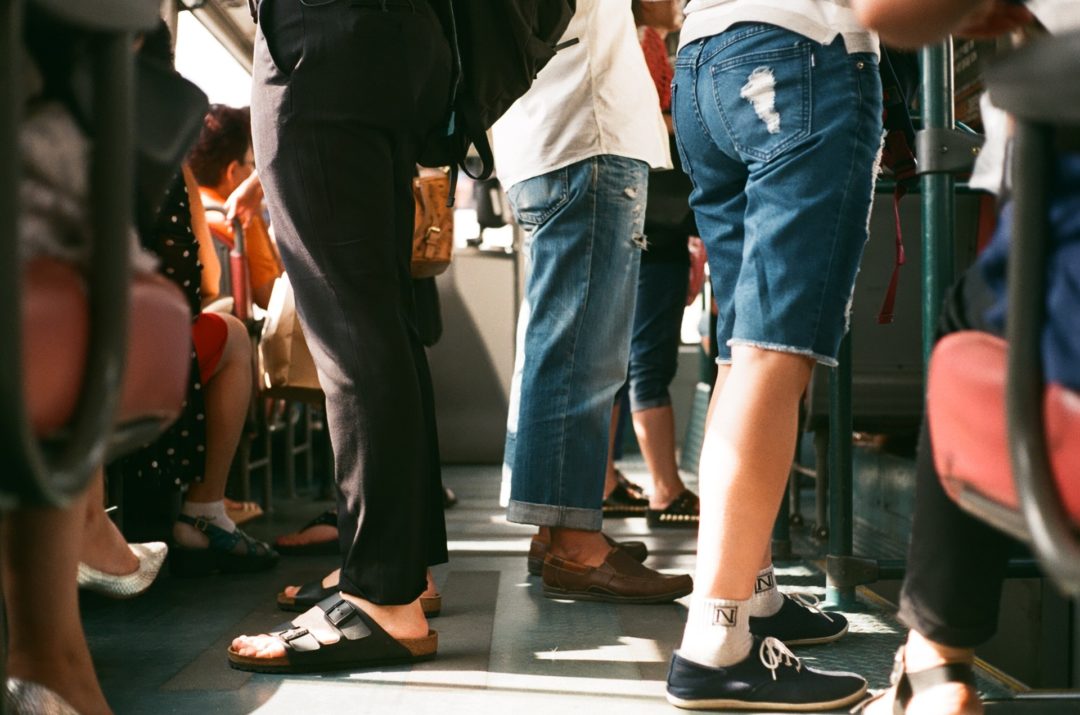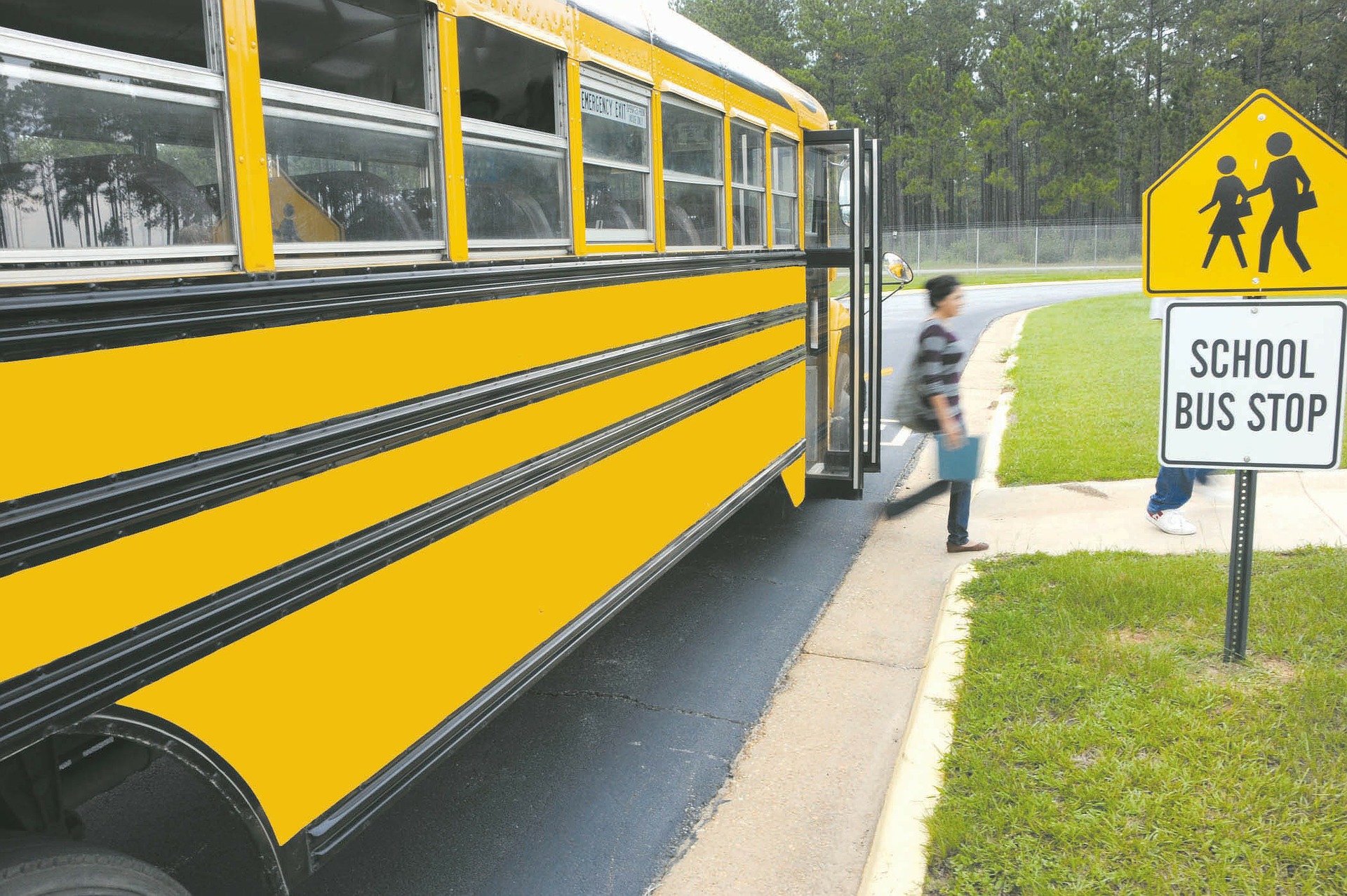
When most people imagine getting to school in the morning, they think of walking a few blocks or getting dropped off after a short school bus ride. But in many American cities, elementary, middle and high school commutes are long and lonely. And when you add in factors like unreliable public transportation and rush hour traffic, students can face really challenging school commutes.
As a teacher, it’s important to understand how school commutes could be impacting your students’ learning, academic achievement and overall wellbeing. Here’s what you should know about school commutes — and how you can help.
Understanding Student Commutes
The first step in improving student commuting experiences is understanding what commuting looks like at your school. Depending on the type of school you teach at and where it’s located, you may have a higher percentage of students who commute to school. As explained by Scott Pearson, Executive Director of the DC Public Charter School Board, student enrollment maps offer insight into the character and diversity of schools. They also shed light onto what makes a school more attractive to commute to while generating discussion of accessible student transportation.
For example, a survey on student commuting in New York City revealed that more than one in five students commuted over 45 minutes in the 2011-2012 school year. Chalkbeat editor Sarah Darville added that the highest percentage of students with long commutes lived in areas of Brooklyn, Queens and other places with limited public transportation access.
Additionally, a 2015 study on Chicago students found that low income households correlated with longer commutes. Specifically, Stephanie Mencimer explains that “in areas where the median income was $25,000 or less, kids spread out to an average of 13 different schools.” Compare that to just three schools for children whose family income was more than $75,000.

School Choice and Commutes
It’s also important to understand how school choice plays a factor in commuting. That’s because more school choice can sometimes create more difficult commutes. This is explained by the San Francisco Public Press, which says that many San Francisco students have to choose between long public transportation routes (which are often unreliable) and lower-performing schools that are closer to home. And since many choice schools often don’t offer transportation services, reporter Christina Viega says that lack of public transportation often forces students to choose nearby schools, even though they don’t meet their needs.
Changing transportation routines is another common challenge that students from neighborhoods with poor schools face. Michael Alison Chandler tells the story of families who relied on a popular program that “gave children assigned to failing neighborhood schools the right to transfer to higher-performing schools and a ride to school.” When that program was canceled, students were then asked to take public transportation to school. Going from a school bus to public transportation can be a difficult or even traumatic experience for young students, and knowing about a situation like this can help teachers better support their students’ needs.
Long Commutes and Learning
It’s clear that there’s a correlation between low incomes and longer commutes, but how exactly do long commutes impact student learning?
As the Michigan State University College of Education reports, student commutes have a direct impact on student M-Step and ACT scores. There are also a number of socioeconomic factors that can paint a clearer picture about the relationship between commutes and student performance.
For example, students from low-income areas who have long commutes may also have after school jobs. Oakland North explains that for some students, working after a long commute from school makes it much harder to complete homework on time. This results in lower grades and decreased access to higher education.
To determine correlations between school quality, home prices and commute times, Conor Dougherty and Quoctrung Bui compiled a set of charts using data from home price data and test scores. The charts show that in Boston, students that attend more expensive schools tend to have shorter commutes and stronger test scores. People who choose to live in the suburbs however, sometimes pay less for their homes in exchange for longer commutes to school.

How Teachers Can Help
Although long student commutes are often determined by geographies, city planning and public transportation, there are ways that schools can help on an administrative level.
One way is by advocating later start times. Ulrich Boser writes that while it’s common for schools to start at 7 a.m., many have already started pushing school start times to after 8 a.m. Seattle, for example, recently adopted a plan where most middle and high school students shifted their start times to 8:45 a.m.
Since many teenagers struggle to get enough sleep and require at least nine hours a night, Dian Schaffhauser explains that later start times could allow teenagers to get more sleep and be more productive. This would also give students who use public transportation more time to get to school.
To see how this might work in your school, consider a case study from Nauset schools in Massachusetts, where many students had commutes of at least 45 minutes. James Vaznis says that when school administrators pushed their start time from 7:25 a.m. to 8:35 a.m., tardiness fell by 35 percent, the number of students receiving D and F grades was halved and more students showed up to school feeling refreshed and ready to learn.
Expanding Transportation Options
Teachers and school administrators can also work together to support alternative or additional modes of transportation. According to Amy Jolly of Sonoma County’s Center for Climate Protection, having students walk or bike to school reduces greenhouses and promotes healthy behavior when a commute is three miles or less. In areas where students would normally ride the bus or have a parent take them to school, this is a more beneficial way to travel.
Washington D.C. reporter Tanya Snyder adds that a walk of more than 15 minutes can improve cognitive function, especially in young girls. Like any exercise, walking and biking can help decrease obesity rates and reduce diabetes incidences, all while helping students enjoy the natural world more often. Since these alternative modes can even be shorter than driving in the city during rush hour, they offer a more enjoyable travel experience for students.
Teachers can also alleviate commuting stress by working with administrators, city planners or private companies to make commutes faster and easier.
Lydia Emmanouilidou at NPR Higher Ed writes about a community college in Massachusetts that worked directly with the ridesharing app Uber to provide its students with discounted transportation. Since the nearest bus stop was four miles away, students without cars had a much harder time getting to school.
How Teachers Can Ease Effects of Commuting
At the classroom level, there are a few changes that teachers can make to ease the impact of long commutes on students. The American Federation of Teachers explains that students who have to leave early for long commutes may not have time to eat breakfast in the morning. Providing breakfast ensures that all students start the day feeling energized and ready to learn, even if they got up early and traveled a long distance to school. It also creates a small window for students arriving a few minutes late.
According to Young Teacher Love by Kristine Nannini, another way to ease the impact of student commutes is to establish a classroom morning routine. She explains that her students benefit from a debriefing period as soon as they get to school. This involves allowing them to chat and catch up or get started on their morning work if they so choose. Meanwhile, she comes to have morning meetings with them to check in on how they’re feeling, which sometimes includes a hug, and connects with them on a level other than schoolwork. Teaching students how to start the morning off right helps them feel organized and in control of their work. In turn, this reduces the stress they may feel after a long commute while increasing positive attitudes towards school and learning.
Images by: free-photos, David Mark, tookapic


What do you think?